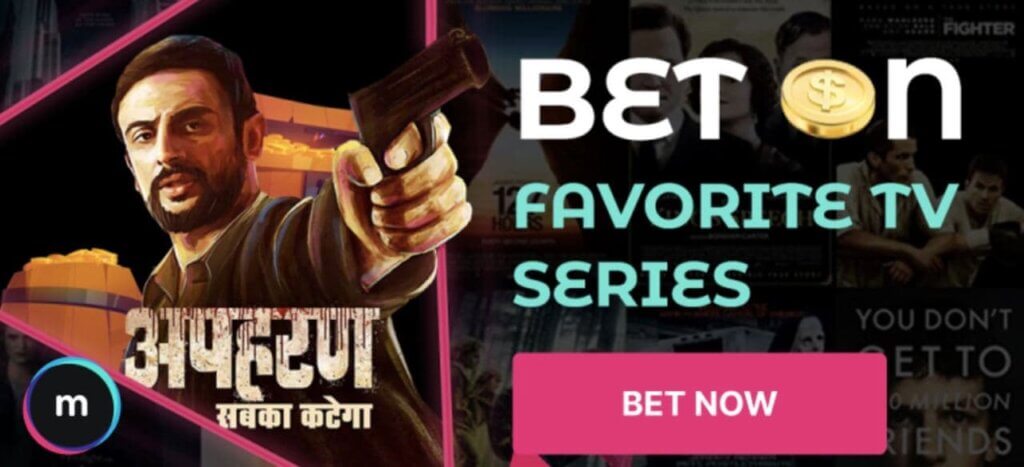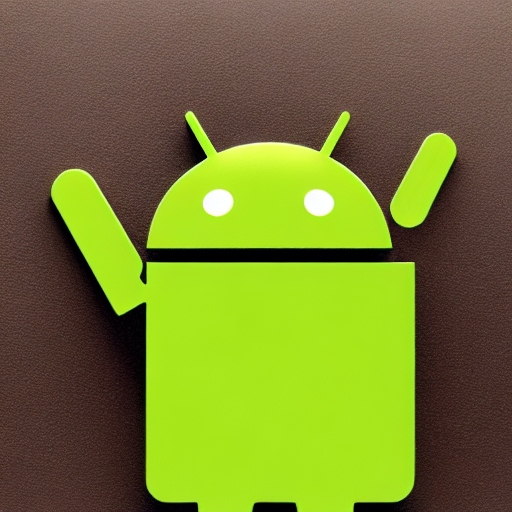PM Modi: e-RUPI to deliver ‘targeted, transparent, leakage-free’ benefits
When bribes are common, and money rarely gets to the recipient, actions have to be done. In India, PM Narendra Modi decided to break the chain with the help of a pre-paid gift voucher. It sounds more simple than it is in reality. For this digital payment to be implemented, many authorities gathered. It has been developed by the National Payments Corporation of India (NPCI), the Department of Financial Services, the Ministry of Health and Family Welfare, and the National Health Authority. The main goal was to give a person-specific and purpose-specific payments system. For example, you want to help the poor by donating for their vaccination. What are the odds that they will get their aid? You know the answer.
How does the e-RUPI work?
Now you can create a unique QR code or an SMS string, which you can share. The whole thing is based on the digital payment system e-RUPI. Built by NPCI on its UPI platform and has onboarded banks that will be the issuing entities. Any company or government agency will have to contact one of the partner banks, including private and public-sector lenders, with the names of specific individuals and the purpose for which payments are required.
The beneficiaries will be identified using their mobile number and a voucher allocated by a bank to the service provider in the name of a given person. It would only be delivered to that person. So when the person gets the QR or SMS, he/she will need to redeem the money at specific accepting centers without any credit or debit card, a mobile app, or internet banking. e-RUPI connects the sponsors of the services with the beneficiaries and service providers in a digital manner without any physical interface.

What will the e-RUPI digital payment system be used for?
PM Narendra Modi hopes this system will bring more transparency and trustworthiness to the process of transactions. Most definitely, this new technology can be a savor for many people living far from the edge of poverty. It can also be used to deliver services under schemes such as the Ayushman Bharat Pradhan Mantri Jan Arogya Yojana, which provides drugs and nutritional support to mothers and children. TB eradication programs, drugs, and diagnostics under the Ayushman Bharat Pradhan Mantri Jan Arogya Yojana, fertilizer subsidies, and so on. PM Modi also says that over Rs 17.5 lakh crore has been transferred directly to the accounts of the people via DBT through over 300 schemes. This means that this money will get to their recipients 100%.
Used cases in other countries
There are many successful cases from other countries which use similar procedures. For example, there is the education vouchers or school vouchers system in the US, which is a government-funded certificate for pupils chosen for state-funded education to develop a focused delivery system. The school voucher system has been used in several other countries such as Colombia, Chile, Sweden, Hong Kong, etc.
But will this work for India? Sure, the whole process seems to be thought through, but migrant workers, on the other hand, who faced a financial crisis and issues such as a lack of food during last year’s shutdown didn’t get any compensation. The Stranded Workers Action Network conducted a study of over 11,000 stranded migrant workers in 2020 and found that half of them had ration supplies that would last less than a day. 96 % of these laborers had not received government rations, and 70% had not gotten any cooked food. According to the report, up to 89 % of employees were not paid at all during the lockdown.
We’ll be following the events, hoping that MP Narendra Modi will keep his words.


